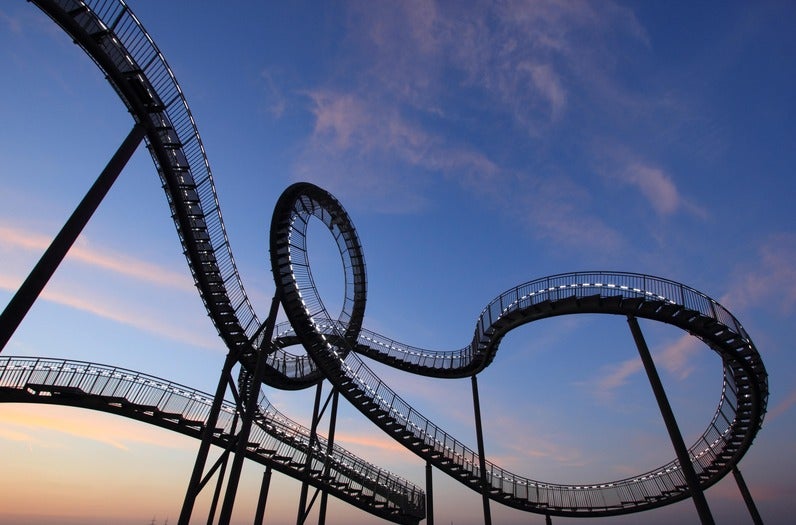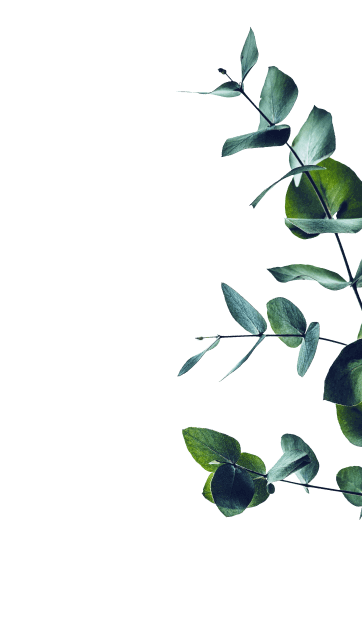In our latest episode of Story School, Immediate, Engaging, Commercial, we discuss these three key elements that most popular reads on Wattpad have. We've covered the first ingredient, Immediate, when we shared how to write a story that immediately hooks your reader. Now, we're ready to dive into the second key ingredient: Engaging.
Engaging means your story catches your reader's attention and keeps it. An engaging story has periods of higher and lower conflict, is well-paced, and every scene advances our understanding of the characters or the plot and leaves us wanting more. Achieving an engaging story is primarily accomplished through the use of conflict and tension.
In this post, we'll share how to use conflict and tension to create a compelling experience for your reader.
Understanding conflict
Conflict is the problem the story concerns itself with. Whether that's overthrowing the evil wizard or overcoming past experiences to find love, the conflict shapes the events of the story.
Conflict can be external or internal. External conflict is when the protagonist's goal or desires are blocked by an external force, such as a detective trying to solve a mystery or two teenagers competing to become valedictorian. Internal conflict is when the block between the protagonist and their goal is rooted in themselves. This could be a belief they have about themselves (that they don't deserve love, or that they'll never amount to anything) or a desire that conflicts with another bigger desire or goal.
You already know about introducing conflict in the opening chapter. Building off that, in order to keep your story engaging, conflict should be present throughout your story. Just remember that keeping your story in a constant high-conflict state is unsustainable. A good way to frame this is to think of your story like a rollercoaster: Contrasts of highs and lows to have a satisfying ride.
Understanding tension
If conflict is the problem, tension is how we (and the characters) feel about it. At its most basic, tension is about tantalizing the reader with the possibility of change. Depending on the type of change, tension can be negative or positive.
Negative tension is when the reader is aware that something terrible could happen at any moment. For example, being stalked by a monster in the woods or a high-speed car chase. Negative tension doesn't have to be life or death. It might be as low-stakes as the main character's fear of embarrassing themselves in front of their crush. It's driven by fear of a bad outcome for both the characters and reader.
Positive tension is when the reader is waiting for something good to happen, like when the love interests are about to finally, finally kiss or rooting for the underdog team to win the championship. Romantic and sexual tension are the most commonly used types of positive tension. Positive tension is driven by desire for a good outcome, both for the characters and reader.
Your story can—and ideally should—use a mix of negative (fear-based) and positive (desire-based) tension
Conflict vs. tension
We can now understand conflict as something bad happening while negative tension is the awareness of something terrible about to happen. On the other hand, conflict can be the thing preventing something good from happening, and positive tension as the desire for the good thing to happen.
Keep it engaging: The Storycoaster
The simplest way to think about action, conflict, and tension in your story is to think about a rollercoaster. A rollercoaster builds up slowly to a peak, then sends you rushing down from that peak. It doesn't need to be hundreds of feet tall to be fun; it just needs to offer the rider ups and downs. The same is true of stories. Your story doesn't need to be the most dramatic, it just needs to offer the reader rhythmic build up and release of tension and conflict. Let's break it down.
The Climb: Before it happens
The climb is the build up of the scene, where tension (negative, positive, or both) rises. The action, or the actual events happening in the scene, slowly rises in intensity.
The Peak: It happens
This is the thing the character wants or fears, the moment we've been building towards. This isn't a lightning strike coming down and hitting our rollercoaster car, it's the height we knew was coming when the car started to climb. The peak changes things, that's what makes it a peak.
The Plunge: Consequences
The change that happens in the peak initiates a series of consequences. In a rollercoaster, this is the part where we speed down the hill and scream. In a story, this is where all the promises you made to the reader in the climb come true.
The Valley: What changed?
How did the consequences of the peak change things for the character? What new desires or problems arise as a result of the peak and plunge? In the valley, we take a quick breather before the next climb, and then we do it all over again.

Every scene should have a climb, peak, plunge, and valley to make your story as engaging as possible. In the Storycoaster, the action is made up of the events of the story, the tension is the climb, and the conflict is the track that the coaster runs on. The conflict can of course change, but as long as your story has conflict, it's “on track”.
Remember, your story doesn't need to be the most dramatic, most intense thing ever. It just needs to offer the reader continuous actions and consequences. By finding a balance between high and low conflict, you can create an unputdownable story that emotionally engages your readers, and keeps them coming back for more.





















